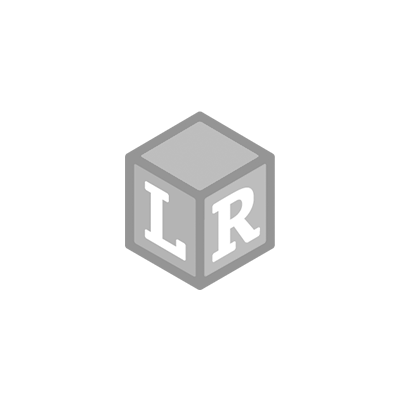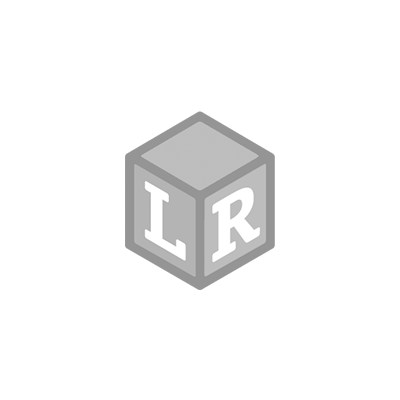The International Year of the Periodic Table
- Sophie Hibberd Posted On Feb 28, 2019 | National Holidays
The periodic table is one of the most significantachievements in science which captures the essence of chemistry, physics andbiology. On the 20th of December 2017, the United Nations GeneralAssembly proclaimed that 2019 will be the 150th anniversary of the periodictable and has therefore been named the ‘International Year of the PeriodicTable of Chemical Elements’ (IYPT).
IYPT is a celebration of scientists, their members and theircommunities. It’s a way of working with their communities to engage people inthe Royal Society of Chemistry (RSC) and the periodic table. The RSC areholding activities throughout 2019, including public lectures, teacherresources, public outreach, themed journals and books, and grants to fund IYPTactivities and communities.

‘IYPT is anopportunity for us to develop new resources and raise awareness, to inspirepeople of all ages, experience and backgrounds. The Periodic Table of Elementsis a great teaching tool and probably the most recognisable thing in chemistry.’– The Royal Society of Chemistry.
What is thePeriodic Table?
The periodic table is a table of the chemical elements thathave been arranged in order of atomic number, usually in rows, so that elementswith similar atomic structure appear in vertical columns. The periodic table isused as a tool for scientists to understand and predict the properties of allthe elements.

In 1869, Russian scientist Dmitri Mendeleev discovered theperiodic table of elements. At the time, only 63 of the 118 elements had beendiscovered, Mendeleev acknowledged this and left gaps in the table for elementsyet to be discovered.
The elements discovered in the following years confirmedMendeleev’s predictions of the undiscovered elements, revealing the brillianceof the periodic table. 55 elements have been discovered since his discovery,and all were added to the table according to their atomic mass. Mendeleevforesaw properties of some of these elements when attempting to order them, whichexplains why the Periodic Table was so successful and is still used today.
Element 101 was named mendelevium to honour Mendeleev’scontributions to science and the Periodic Table. This is a rare distinction,only 50 scientists have elements named after them.

The History of thePeriodic Table of Chemical Elements
1669 – Germanamateur alchemist Hennig Brand created an object called the ‘Philosopher’sStone’ that supposedly could turn metals into pure gold. Whilst heatingresidues of urine, some liquid dropped out and burst into flames. This was thefirst discovery of phosphorus.
1680 – Phosphorusbecame public after Robert Boyle also discovered it.
1809 – at least47 elements were discovered, and scientists began to see patterns in thecharacteristics.
1863 – EnglishChemist John Newlands divided the 56 discovered elements into 11 groups basedon these characteristics.
1869 – DimitriMendeleev, developed the periodic table.
1886– French physicist Antoine Bequerel first discoveredradioactivity.
- Ernest Rutherford named three types of radiation: alpha, beta and gammarays.
- Marie and Pierre Curie started working on theradiation of uranium and thorium and later discoveredradium and polonium. They also discovered that beta particles were negativelycharged.
1894 – Sir William Ramsay and Lord Rayleigh discoverednoble gases, known on the periodic table as group 0.
1897 – Electrons (small negatively charged particles inan atom) were first discovered by physicist J. J. Thomson.
- John Townsend and Robert Millikan determined their exact charge andmass.
1900 - Bequerel discovered that electrons and betaparticles as identified by the Curies are the same thing.
1903 – Rutherford announced thatradioactivity is caused by the breakdown of atoms.
1911 - Rutherford and German physicist Hans Geiger discovered that electrons orbit the nucleus of an atom.
1913 – It was discovered by Bohr that electrons move around a nucleus in discrete energy called orbitals. Radiation is emitted during movement from one orbital to another.
1914 - Rutherford first identified protons inthe atomic nucleus. He also transmutated a nitrogen atom into an oxygen atomfor the first time.
- English physicist Henry Moseley provided atomic numbers, based on thenumber of electrons in an atom, rather than based on atomic mass.
1932 – Neutrons and isotopes were firstidentified by James Chadwick, completing the basis for the periodic table.
- Cockroft and Walton first split anatom and changed it to two helium nuclei by bombarding lithium in a particleaccelerator.
1945 - Glenn Seaborg identifiedlanthanides and actinides, which are usually placed below the periodic table.
In 2016, there were four undiscovered elements according tothe gaps in the periodic table. The addition of nihonium, moscovium, tennessineand oganesson has classed the table as complete… for now!
Fun Facts aboutthe Elements
- Francium is the rarest element on earth, thereis likely to be no more than a few ounces of it on earth at any given time.
- The only letter not in the periodic table is theletter J.
- Although there is helium on earth, it was firstdiscovered by observing the sun.
- The heaviest element on the periodic table isuranium with an atomic weight of 238.
- With an atomic weight of 1, Hydrogen is thelightest among all the elements on the periodic table. That is the reason it islocated on the left corner of the table.
- The periodic table only has 2liquids.
If you want to learn more about the periodic table, take alook at the Periodic Table Song!








 Judges’ Comments
Judges’ Comments 
 Judges’ Comments
Judges’ Comments 




 Judges’ Comments
Judges’ Comments 
 What We’re DoingDoes your little one dream of becoming a scientist? Do they want to make things fizz, bubble and pop? Well here at Learning Resources, we believe in building a passion for learning.Join our team for a demonstration where your little learners can experience a real science experiment. Blow their minds with our
What We’re DoingDoes your little one dream of becoming a scientist? Do they want to make things fizz, bubble and pop? Well here at Learning Resources, we believe in building a passion for learning.Join our team for a demonstration where your little learners can experience a real science experiment. Blow their minds with our  See their minds burst with excitement as they experiment with our
See their minds burst with excitement as they experiment with our  Our team will guide them through the different textures and structures around them. They can study the veins that carry food and water to a leaf, the individual barbs in a feather and can even use Zoomy on their own skin! Simply press Zoomy onto an object and explore it up close.What if they dream of becoming a game designer or want to
Our team will guide them through the different textures and structures around them. They can study the veins that carry food and water to a leaf, the individual barbs in a feather and can even use Zoomy on their own skin! Simply press Zoomy onto an object and explore it up close.What if they dream of becoming a game designer or want to  Much like Botley, our Code & Go® Robot Mouse Activity Set will teach your little gamers how to code. Instead of using a remote control, Colby the Robot Mouse has buttons on its back to help you code a path to the cheese! We’ve put objects and barriers in the way, see if your little ones can figure out the code to get the Robot Mouse around them.
Much like Botley, our Code & Go® Robot Mouse Activity Set will teach your little gamers how to code. Instead of using a remote control, Colby the Robot Mouse has buttons on its back to help you code a path to the cheese! We’ve put objects and barriers in the way, see if your little ones can figure out the code to get the Robot Mouse around them. Visit us to see your children code their way to fun!Last but not least,
Visit us to see your children code their way to fun!Last but not least,  This child friendly, non-toxic foam can be moulded, flattened, stretched and best of all, leaves no mess behind. With many sets and packs available, Playfoam® creates endless opportunities for fun and play!So, come and see us at the Science Museum from 11:00 AM - 3:30 PM on Wednesday the 15th and 22nd of August. We will be just outside of the gift shop where all these products will be available.
This child friendly, non-toxic foam can be moulded, flattened, stretched and best of all, leaves no mess behind. With many sets and packs available, Playfoam® creates endless opportunities for fun and play!So, come and see us at the Science Museum from 11:00 AM - 3:30 PM on Wednesday the 15th and 22nd of August. We will be just outside of the gift shop where all these products will be available. 
